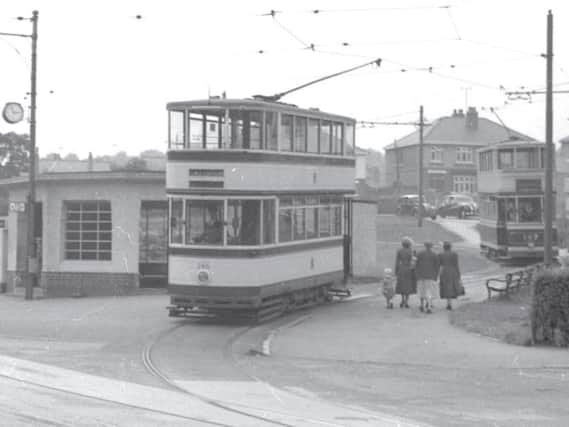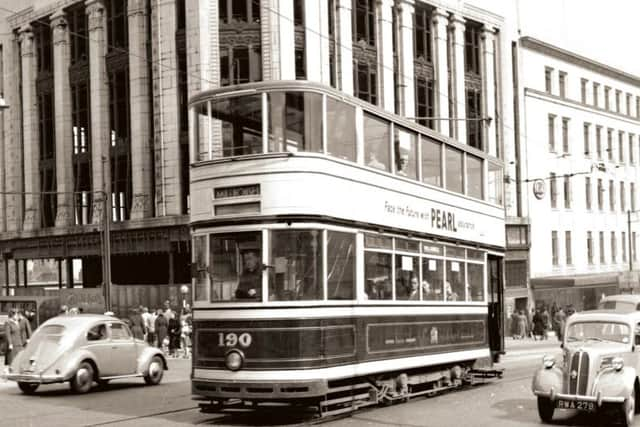Sheffield's been home to oldest and newest trams


The fascinating story of the two systems that have served the area – as well as those of neighbouring towns such as Rotherham – is explored in a new book by Peter Waller.
Here, he writes about their history for Retro.


The first trams to appear in Sheffield were horse-powered, running under the aegis of the Sheffield Tramways Co from October 6, 1873.
Advertisement
Hide AdAdvertisement
Hide AdThe company operation was taken over by Sheffield Corporation on July 11, 1896 with the last horse tram operating early in the 20th century.
By that date electric tramcars had already started to appear in the city; the first route operated on September 5, 1899. By the outbreak of World War Two, the Sheffield system covered much of the city and included a route that ran through to Rotherham.


More than 450 four-wheel trams were in service at that date, with a number of wartime replacements being constructed to replace trams destroyed by enemy action between then and 1945 with further trams being acquired second-hand from Bradford and Newcastle.
Advertisement
Hide AdAdvertisement
Hide AdThe last new trams were delivered between 1950 and 1952 but, by that date and despite considerable local opposition, the fateful decision had been taken to convert the tramways to bus operation.
Whilst the through service to Rotherham had ceased in 1948, the actual conversion programme started in January 1952. Over the next eight years the tramway network gradually contracted until, in October 1960, the city bade farewell to trams after some 87 years of service.
It was quarter of a century after the closure of the Sheffield system that powers were obtained to restore trams to the city but it was a further decade before the first section of the new Supertram network, from Fitzalan Square to Meadowhall, opened on March 21, 1994.
Today a fleet of 25 articulated trams – soon to be supplemented by the new vehicles acquired for the tram-train service through to Rotherham – provide a vital service in carrying passengers to and from the city centre.
Advertisement
Hide AdAdvertisement
Hide AdWhilst Sheffield’s first-generation system closed almost 60 years ago, it is still possible to enjoy travelling on the city’s traditional tramcars at two museums.
Closest to the city is the National Tramway Museum at Crich in Derbyshire; this museum hosts a number of ex- Sheffield trams including the only surviving horse tram and one of the post-war trams, No 510, that was specially decorated to mark the system’s closure.
Another survivor at Crich is the single-deck works car, No 330; this tram has a particular attraction for the author as it hailed originally from Bradford and as it was the first tram he ever drove (as a teenager in the 1970s).
The second operating museum to house operational Sheffield trams is located at Beamish in County Durham.
Advertisement
Hide AdAdvertisement
Hide Adn Although Peter Waller grew up in Bradford (where his mother was born; his father came from Halifax), his family has strong connections with Sheffield.
His grandfather, Herbert Swift, was Professor of Engineering at Sheffield University between 1936 and 1955 and his mother grew up in the city from the age of six.
In 1954 his parents married in Sheffield and his father took many photographs of the city’s tramway system during the late 1940sand early 1950s.
Peter’s book is called Regional Tramways: Yorkshire & North-East England and is available from Pen & Sword Publishing at £20 hardback. Go to www.pen-and-sword.co.uk or call 01226 734222.